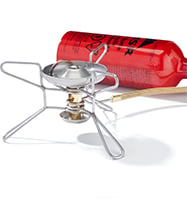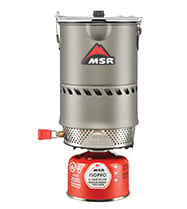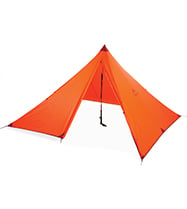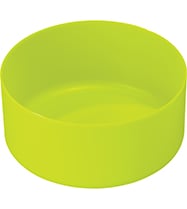Mastering High-Altitude Cooking: Essential Tips for Success
High-altitude cooking can be challenging, even for those who know their way around a quality camp stove. The thin air, cold and wind of cooking above treeline can complicate even basic tasks, like boiling water, so you can forget about creating complex dishes above treeline without the right gear. The reality is that some stoves just aren’t built to burn well in the alpine zone.
Preparing for a high-altitude environment before you head out is one of the best things you can do for yourself. Fortunately, there are ways to maximize the efficiency of your high-altitude cooking kit. Here’s what you need to know to set yourself up for culinary success at high elevations.
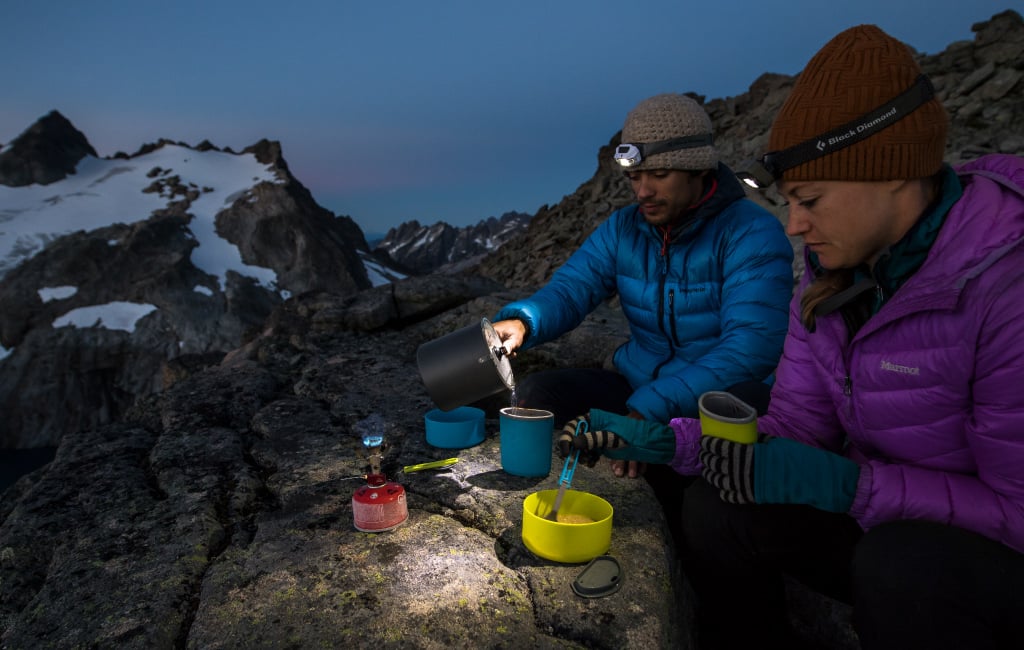
Understanding the Challenges of High-Altitude Cooking
Did you know that water boils at a lower temperature at high altitudes due to a reduction in air pressure? The boiling point decreases by two degrees every 1,000 feet once you’re above 5,000-feet. Paradoxically, cooking times tend to be much longer in this environment due to cold, wind and other factors. High altitude also brings relatively low humidity, which means water can evaporate much faster, boosting your water and fuel needs if you’re melting snow. With obstacles like these, it’s no wonder why high-altitude cooking can feel surprisingly challenging. However, choosing the right stove–and understanding its limitations–can help you cope with all of these issues.
Choosing the Right Stove
Wood/Alcohol/Tablet Stoves
These humble stoves are a popular pick for outdoor users who cook at lower elevations and prefer to operate on a budget. While these stoves provide a lot of bang for your buck since it’s possible to make one yourself with a few affordable items, they all under perform at altitude due to sheer inefficiency on a number of fronts. Just don’t. You’ll appreciate the advice.
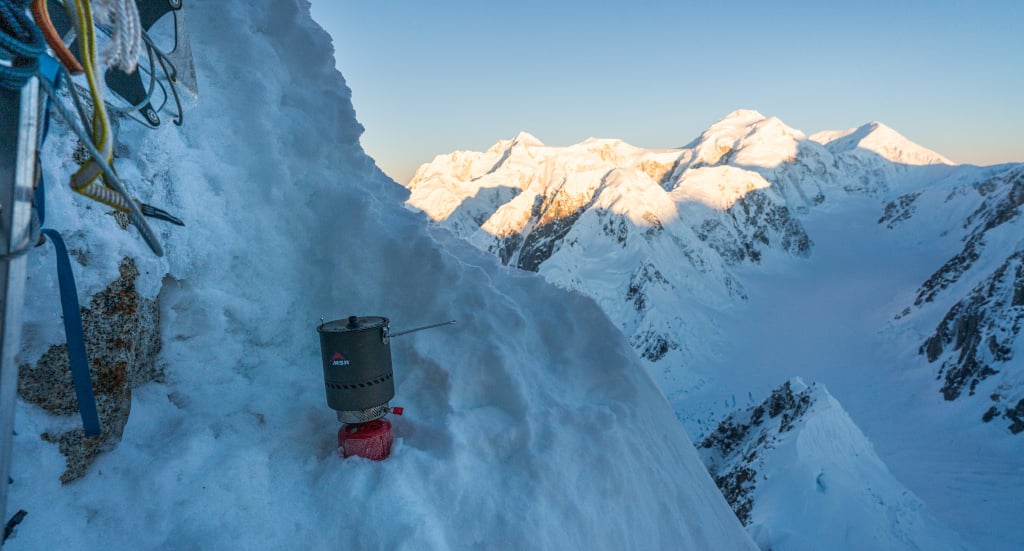
Canister Stoves
Canister stoves excel when it comes to weight savings and ease-of-use, which makes them one of the most popular stove options. This style of stove has made significant improvements over the past decade when it comes to performance. Many stoves come with an igniter, an easily adjustable flame that makes it possible to both simmer and boil and they are virtually maintenance-free.
However, cold is the Achilles Heel of all canister stoves because they rely on the phase change of a liquid to a gas. This happens pretty easily at sea level because a fuel like MSR IsoPro™ has a boiling point of 11F/-12C. But just as water on your stove top ranges from a rolling boil to a slow simmer, so does the fuel inside of a canister. As you approach and get below that boiling point, the pressure inside the canister drops, reducing the stove’s output. Our most advanced canister stoves have built-in pressure regulators to help them operate with minimal internal pressures, but you’ll still need to take steps to mitigate this issue in extremely cold environments, like pre-warming the canister in your jacket or placing it in a flat-bottomed bowl of warm water while cooking.
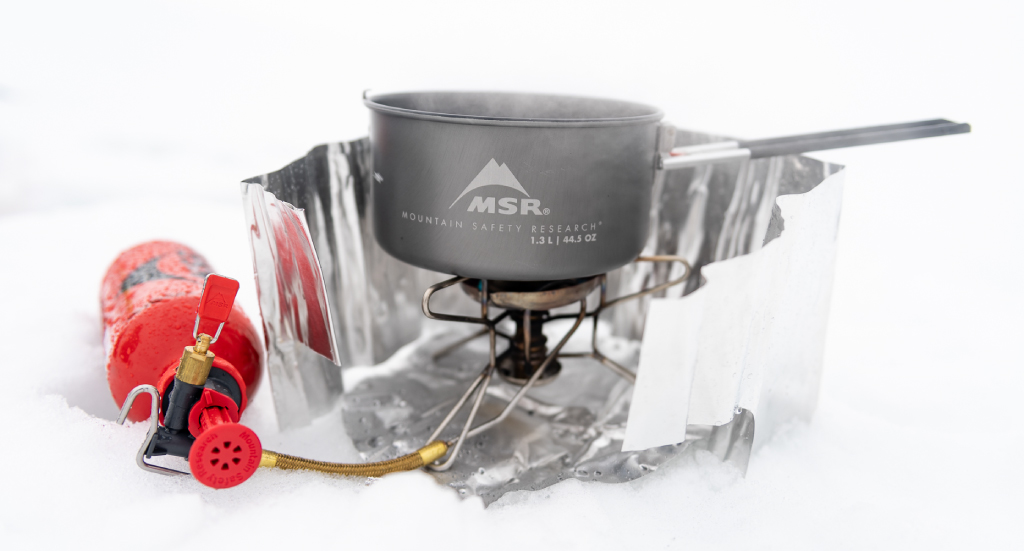
Liquid Fuel Camp Stoves
There’s a reason why most mountaineers pack liquid gas stoves on extreme adventures. Liquid fuel camp stoves provide the most reliable cooking option in cold and high environments. While liquid fuel can weigh more than canister fuel, it can also take up less pack space and operate more consistently in cold environments. This is largely due to the fact that liquid fuel stoves convert fuel into vapor via their own flame, so their performance is not temperature dependent.
This style of stove is also a good pick for the sustainably-focused camper. Liquid gas containers are refillable, so you never have to worry about the proper disposal of your fuel container. They also provide a good option for international travelers since liquid gas tends to be readily available in many foreign countries. Stoves like the legendary XGK EX™ , are not only built to burn multiple fuels, but burn like champs at high altitude.
Additionally, though liquid fuel stoves do have more parts and require periodic maintenance, MSR liquid fuel stoves are easily field-maintainable by design, meaning you can quickly fix just about any issue, no matter where you are in the world. Their remote burners also handle larger/heavier pots and uneven ground better than canister-mounted options.
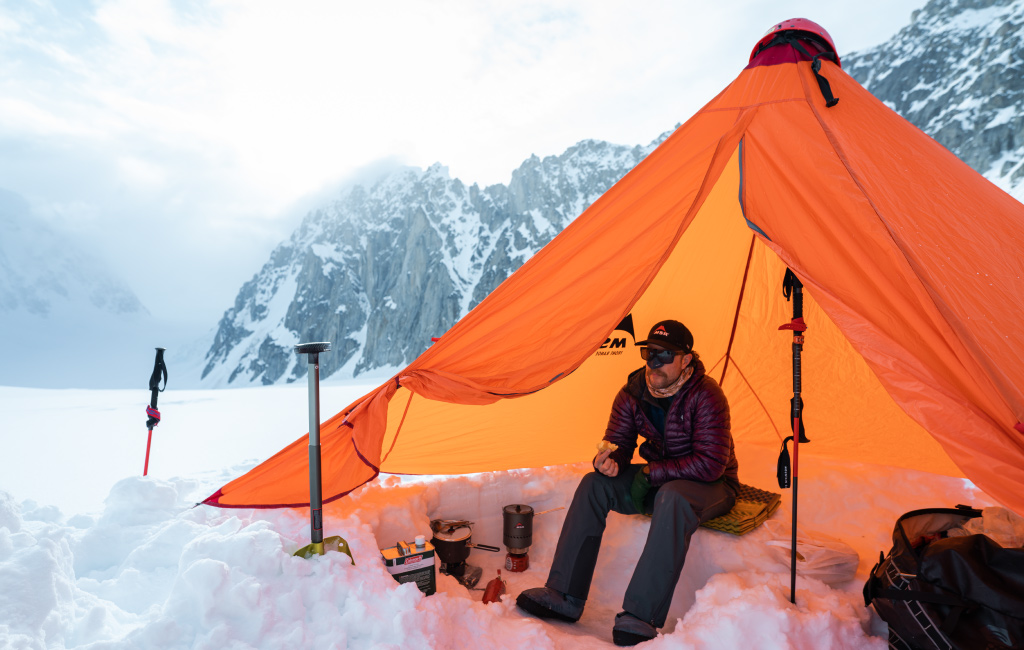
Setting Yourself Up for Success at High-Altitudes
Cooking at high altitudes doesn’t have to be difficult. Athletes who make preparations like bringing extra fuel, packing the right stove, and warming the fuel container before use are more likely to reduce potential issues they’ll encounter while cooking. Those who are headed to cold or high-altitude environments should also consider the following
- Add 1 minute of cook time for every 1,000 feet above 5,000-feet
- Insulate your cookware or use a Heat Exchanger
- Always use a lid to trap heat and slow evaporation
- Use a windscreen (for remote burner stoves only!)
- Pre-warm canisters or use a water bath.
Nobody wants to hike deep into the backcountry to find that they can’t eat their food because their stove isn’t working. Not only is this an uncomfortable issue but it’s also potentially dangerous. That said, it’s not that hard to do with a bit of awareness about how to choose the right stove, knowing its limitations, and how to make the most of its performance in a range of situations.
Related Posts:
- How to Prepare for High Altitude
- Real Food for Mountaineering
- 8 Reasons Liquid Fuel Stoves are Better for Winter Camping
 About the Author
About the Author
Mary Beth Skylis has been lucky enough to begin her life of outdoor pursuits on long trails, hiking the 2200-mile Appalachian Trail, the 458-mile Colorado Trail and part of the Annapurna Circuit. She has feasted her eyes on the snowy Himalayan peaks, watched aggressive rhinos contemplating a charge, and observed Costa Rican monkeys leaping through the air. Her work can be found in Backpacker Magazine, Outside Magazine, and Yoga Journal.

